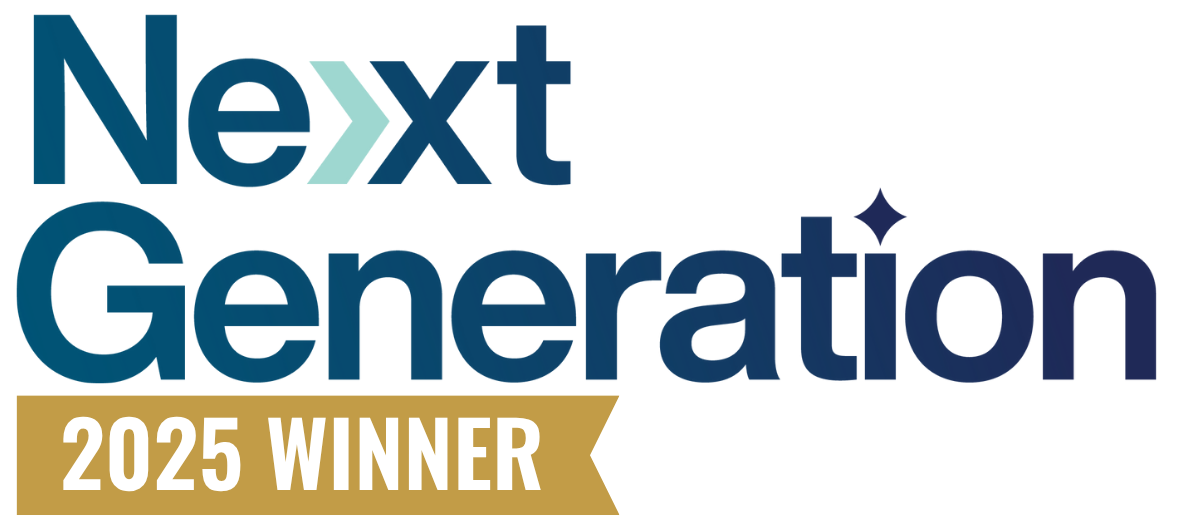Microsoft Teams is one of the most widely used digital communications platforms. Businesses looking to make the most out of this powerful communication tool should carefully consider the potential challenges they might face.
Getting it right the first time can save a business time and money as well as cut down on the technical headaches associated with these types of issues.
Let’s dive into some common problems with Microsoft Teams adoption and discover powerful solutions to help your business make the most out of the Teams platform.
1. Inadequate Teams Training
While Teams has been around since 2017, not every employee will understand the tool’s functions and importance in everyday business communications. This can lead to a range of issues, from reduced productivity to the improper use of Teams’ powerful features and tools.
Users often have trouble understanding the platform’s full functionality, resulting in inefficient operation and plenty of frustration. Another challenge specific to Microsoft Teams is an issue called Teams Sprawl. Teams Sprawl refers to the uncontrolled creation of several internal groups like Teams, channels, and tabs within the platform.
Businesses often face these challenges, including Teams Sprawl, because employees don’t fully understand how to use Teams efficiently and strategically.
How to Implement Effective Training
To tackle these issues, businesses need to implement thorough training processes. Here is how they can accomplish this somewhat formidable task:
- Invest time and resources in comprehensive employee training. Schedule live training sessions where users can ask questions and get hands-on platform experience.
- Create user guides that focus on different functionalities and best practices within Microsoft Teams. Always ensure educational resources are easily accessible and employees understand how to use the guides themselves.
- Consider establishing governance policies for the creation of new Teams, channels, and tabs. Always ensure these policies are well communicated and understood by relevant team members.
- Consider using Teams templates which can offer users a predefined structure that can help reduce the risk of sprawl while keeping the Teams’ environment organized and intuitive.
2. Teams Integration Issues
Microsoft Teams packs in plenty of features, but the platform will still need to play nice with existing digital systems. When it comes to setup, one of the common Microsoft Teams problems is integration.
While over one million business organizations leverage the power of Teams, integration issues still cause disruptions in workflows and lead to enterprise-wide inefficiencies. Some companies struggle to manage and access data when they add another platform to the mix, causing confusion, duplications, and errors.
An additional challenge revolves around cloud storage. Teams comes with its own cloud storage capabilities, leading to complexities when integrating with existing cloud storage services.
Steps to Ensure a Smooth Transition
To take on Teams integration issues head-on, here are a few steps to help you along the way:
- Review your existing systems for compatibility with Microsoft Teams. Review possible built-in integration abilities or possible API integrations.
- Talk with internal IT teams or external experts. This can help streamline the integration process and reduce disruptions.
- Research possible integration tools and resources from Microsoft. This can include APIs, SDKs, and other resources.
- Implement a unified cloud storage strategy. This might mean consolidating all cloud storage through an experienced cloud service provider.
- After initial integration, always be sure to regularly review and update your strategy to accommodate new tools, systems, or changes to your business.
3. Migration and Deployment Challenges
Microsoft Team migration can present several challenges to businesses. Unfortunately, if you mishandle Teams migration, it can lead to data loss, downtime, and security vulnerabilities. Additionally, if data is spread across multiple platforms and formats, it can be difficult to transfer to the platform.
Deployment challenges can include things like a lack of technical expertise, unexpected issues, or difficulty managing the change among users — which can present its own unique challenges.
Often, organizations will face some pushback and resistance from employees. When you use a certain tool for long enough, you can become reluctant to adapt to a new platform.
Best Practices for Data Migration
How can an organization handle a migration of this level with ease? Here are a few best practices to follow:
- Always begin with a pre-migration audit. Understand the type, volume, and location of data and try to highlight potential issues that might arise during the migration.
- Develop a highly detailed migration plan. Work with relevant team members or external consultants to outline necessary migration steps, responsibilities, and timelines.
- Use migration tools when you can to assist in the process. Microsoft offers several tools, like SharePoint, to help with data migration.
- To help with deployment, develop a phased rollout plan. Start with a pilot group and collect feedback to inform further deployment approaches.
- Monitor performance post-deployment to ensure the platform is functioning optimally and meeting the needs of both users and the business overall.
4. Managing User Permissions and Access Controls
For any business, getting a handle on user permissions and system access is always a top priority. Challenges often arise when organizations need to ensure each team member has the correct level of access needed to perform their roles effectively while keeping sensitive data secure.
While adding Teams can come with plenty of benefits and features, like direct routing, businesses need to balance the need for collaboration with privacy and security. For example, granting guest access to external collaborators can lead to the exposure of sensitive data if an organization doesn’t properly manage permissions and access controls.
Additionally, having too many administrators or inadequately defined user roles can mean trouble for permission and controls and lead to confusion or, worse, security vulnerabilities.
Tips for Effective User Permissions Management
Below you’ll find some simple tips to help your business effectively manage user permissions and controls:
- Start with a clearly defined policy for access controls. It’s important to establish a level of access for different user roles and set rules for guest access.
- Microsoft Teams comes with several security features for granular control over user permissions. Leverage these tools to precisely manage who has access to what.
- Regularly update and review your permissions. Make sure they align with the current roles and responsibilities of team members.
- For guest access, utilize Teams' built-in tools to restrict what a guest can view when collaborating on the platform.
- Take advantage of Teams’ advanced management tools like conditional access policies and sensitivity labels.
Looking to Streamline Your Microsoft Teams Setup?
While Teams packs in a powerful suite of cloud-based communication tools, businesses often face some challenges during the initial setup and configuration of the platform. These Microsoft Teams challenges range from inadequate training practices to trouble integrating with existing systems and data migration roadblocks.
Fortunately, organizations don’t have to navigate these issues alone. By working with a strategic partner with expertise in tackling these common Teams challenges, organizations can save time, cut costs, and, most importantly, get the installation done right the first time.
Businesses hyper-focused on getting the most out of their Teams installation should get in touch with a Microsoft-certified solutions provider who can guide them through MS Teams implementation and troubleshoot any potential issues.





